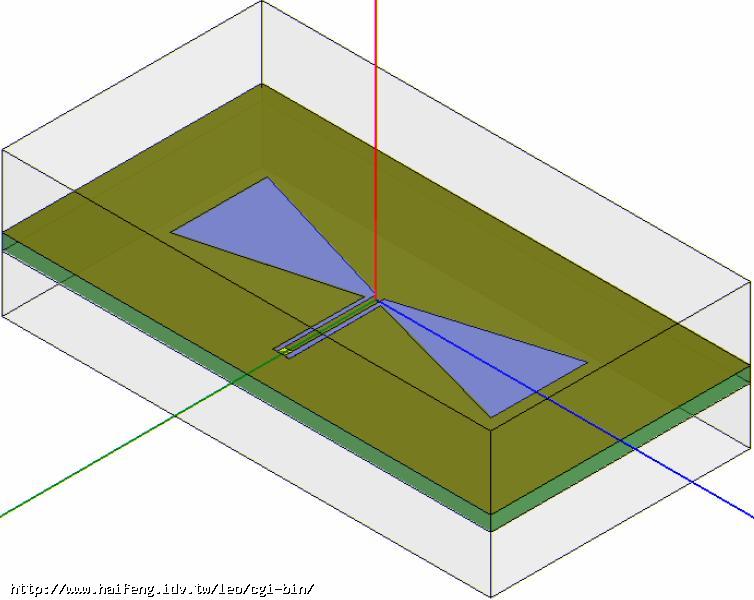HFSS Airbox Function and Its Size
I'm new to HFSS and I have questions about the airbox. My understanding and questions are just as follows. Hope you can point out my fault and any discussion on the topic is welcomed.
As to my knowledge, the airbox is an artificial boundary that one set to separate the model structure with the outer perfect electric conductor(PEC). If there isn't an airbox, the structure will perform like inside a metal box and the electrical field will reflect when it touches the box, which not want to be seen in the simulation. So that's why we need a airbox that large enough to not infect the distribution of electric field. Also by defining a different sizes of airbox, we can decide the region that one need to solve the problem, which leads to the analysis time. The larger size of airbox, the longer time one needs. Is my understanding correct? Or you may have different opinions.
My question is about the size of the airbox. I saw in the HELP that the boundary should be located at least a quarter wavelength from the radiating source.Here is the example from the full book, CPW Fed Bowtie Antenna. I think everyone see it before.

In its discusstion of the airbox size, it uses 8Gz as frequence and get a 9.5mm spacing of airbox. While, the dimension of this example"s structure is 0.6mm width of center conductor and 34mm*64mm of substrate plane. As in my CPW design, I have the same frequency within the example. And the center conductor width is 100μm, the length of transmission line is 1000μm=1mm, substrate's region is 1mm*2mm, which is far away from the theoretical airbox size of 9mm.
I run the optimetrics function in HFSS and use different height of airbox from 2300mm=2.3μm to 9000mm=9μm. There seems no difference at all. I am confused. Should I still stick to the 1/4 wave length restriction?
Thank you!
Hello,
I think the airbox boundary should be in the far-field region, which begins at one wavelength for most antennas. So maybe 1/4 wavelength would not be enough. You could try with different airbox sizes and see the convergence of the results.
I know this is a very late reply, to something posted nearly two years ago, but I will add a correction. The airbox does not need to be in the far field. It needs to be at least lambda/4 away from the main radiating direction of the antenna. It can be a bit closer where the antenna does not radiate much. Putting it in the far field, which is 2*D^2/lambda, where D is the largest dimension, will give you an excessively large mesh in most cases.
